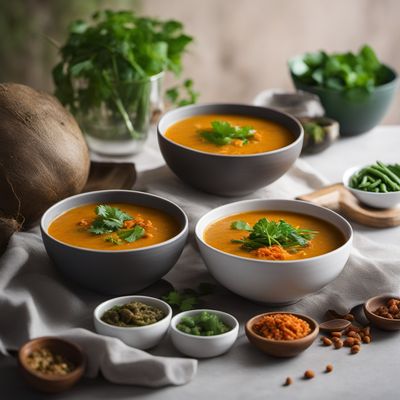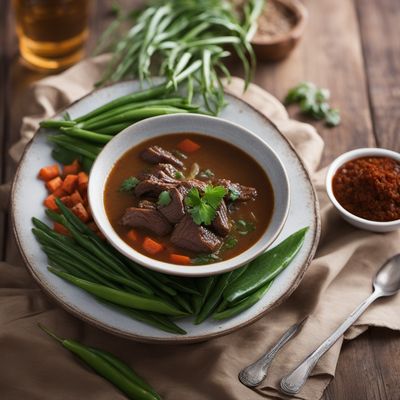
Ingredient
Coffee beans, green
The Untapped Potential of Green Coffee Beans
Green coffee beans are the unroasted seeds of the Coffea plant, characterized by their vibrant green color and firm texture. Unlike their roasted counterparts, they have a grassy aroma and a slightly bitter taste. Their appearance is reminiscent of small, hard seeds with a smooth outer shell. When brewed, green coffee beans produce a light-bodied and refreshing beverage.
Origins and history
Green coffee beans have a rich history dating back centuries. They are believed to have originated in Ethiopia, where coffee cultivation began. From there, coffee spread to the Arabian Peninsula and eventually reached Europe during the 17th century. Green coffee beans gained popularity as a beverage in the Middle East and gradually made their way to other parts of the world.
Nutritional information
Green coffee beans are a good source of antioxidants and contain a moderate amount of caffeine. They are also low in calories and fat.
Allergens
Green coffee beans do not typically pose allergenic risks, but individuals with caffeine sensitivity should exercise caution.
How to select
When selecting green coffee beans, look for beans that are uniform in size, have a bright green color, and are free from any signs of mold or damage. Additionally, opt for beans that have been sourced from reputable suppliers to ensure quality.
Storage recommendations
To maintain the freshness of green coffee beans, store them in an airtight container in a cool, dark place. Avoid exposure to moisture, heat, and sunlight, as these can degrade the quality of the beans.
How to produce
Green coffee beans can be produced by harvesting ripe coffee cherries and removing the outer pulp to reveal the green seeds. This process involves washing, drying, and sorting the beans before they are ready for use.
Preparation tips
Green coffee beans can be roasted at home using a coffee roaster or a stovetop popcorn popper. Experiment with different roasting times and temperatures to achieve the desired flavor profile. Once roasted, grind the beans and brew them using a French press or an espresso machine for a flavorful cup of coffee.
Culinary uses
Green coffee beans are primarily used for brewing coffee, but they can also be ground and incorporated into recipes for added flavor. They can be used in rubs for meats, blended into smoothies, or infused into syrups for a unique twist.
Availability
Green coffee beans are commonly available in regions where coffee is cultivated, such as Central and South America, Africa, and Asia.
More ingredients from this category
Recipes using Coffee beans, green » Browse all

Seychellois Vegetable Soup
Tropical Delight: Seychellois Vegetable Soup

Texas Tommy with a Tlingit Twist
Smoky Salmon Stuffed with Wild Herbs: A Tlingit-Inspired Texas Tommy

Vanuatu Coconut Fish Curry
Tropical Delight: Vanuatu Coconut Fish Curry

Cameroonian-style Nasi Padang
Savory Delights from Cameroon: Cameroonian-style Nasi Padang

Cappon Magro - A Seafood Delight
Mediterranean Bounty: Cappon Magro - A Feast of Seafood and Vegetables

Samlar Kari - Cambodian Coconut Curry
Coconut Delight: A Flavorful Cambodian Curry

Indo-style Chicken Soup
Savory and Spiced Indo Chicken Soup

Kashmiri-style Spicy Stir-Fried Green Beans (Ganbian Sijidou)
Kashmiri Fire Beans: A Spicy Twist on Stir-Fried Green Beans

Guatemalan Fiambre Recipe
"Flavors of Guatemala: A Festive Fiambre Feast"

Burundian Beef Soup
Savory Beef Delight: Burundian Style

Banjar-style Beef Stew with Spices and Vegetables
Savory Banjar Beef Stew: A Fusion of Flavors and Aromas

Zunda Mochi with a Schleswig-Holstein Twist
Green Bean Mochi Delight: A Fusion of Japanese and Schleswig-Holstein Flavors


